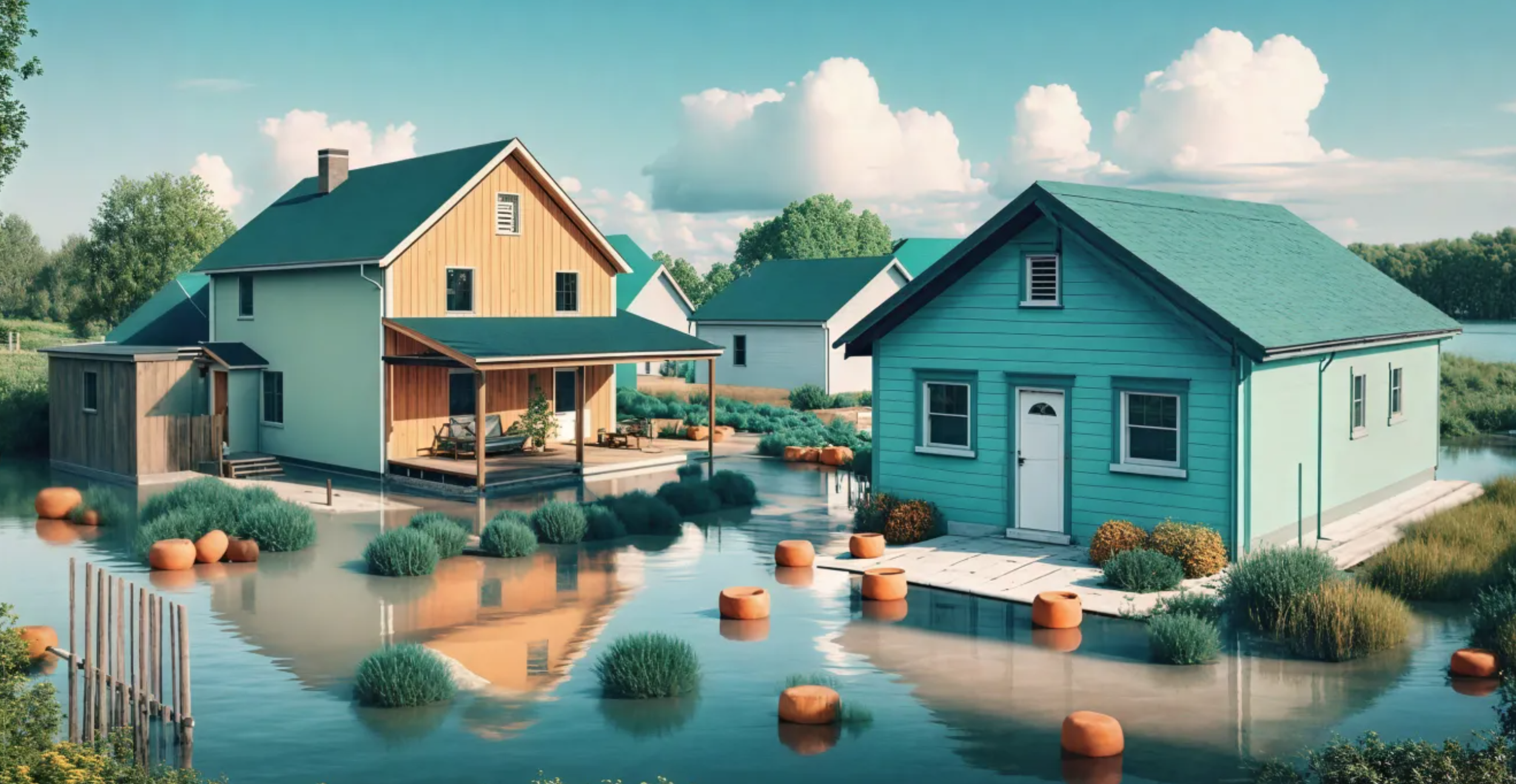Building a Home in a Floodplain in Austin: Everything You Need to Know
Austin's floodplain regulations are designed to protect lives and property from flood hazards. The city enforces these rules through the Land Development Code (LDC) and local amendments to the Building Code. This guide covers floodplain restrictions, permitting requirements, and essential floodproofing strategies to help you prepare build your house in Austin’s flood zones.
Building in a floodplain presents unique challenges, requiring strict compliance with code and safety regulations. Whether your property is in the 100-year or 25-year floodplain, understanding these rules is crucial for designing your house and ensure a smooth permitting process and long-term safety.
1. Floodplain Development Restrictions in Austin
CHAPTER 25-7 DRAINAGE
100-Year Floodplain Regulations (LDC 25-7-92, 93, 94)
Elevation @ 644.61’.
Development in restricted. New homes may be allowed if they meet:
Elevation requirement: The lowest finished floor must be 2 feet above the 100-year floodplain.
No adverse impact rule: Development must not increase flood risk for surrounding properties.
Floodproofing measures: The home must follow American Society of Civil Engineers ASCE 24 (Flood-Resistant Design and Construction).
Permit requirement: A Floodplain Development Permit is mandatory.
25-Year Floodplain Restrictions (LDC 25-7-92, 96)
Elevation @ 643.95’.
Building and parking development are prohibited, except:
Rebuilding an existing home (no increase in units).
Small public structures (≤ 1,000 sq. ft.) like restrooms, sheds, or concession stands.
Parking areas under 5,000 sq. ft., properly elevated.
All buildings must still be elevated at least 2 feet above the 100-year flood level.
CHAPTER 25-12 ARTICLE 3 - FLOOD HAZARD AREAS
Article 3 sets design requirements for buildings in floodplains, including:
Elevation: Floor slabs must be 2 feet above the 100-year floodplain.
Access: Roads and walkways must be at least 1 foot above the floodplain.
Encroachment: No buildings in the 25-year floodplain; strict limits in the 100-year floodplain.
Compensatory Storage: Any displaced floodplain volume must be offset elsewhere.
No Adverse Impact: Projects must not worsen flooding for neighboring properties.
Additional ordinances and technical criteria are contained in:
LDC 25-5 "Site Plans"
LDC 25-8 "Environment"
Variances - Variances to allow development of the floodplain are considered by the City Council. Variances must be requested in writing.
2. Essential Permit & Compliance Requirements
Required Documentation for Permitting
Floodplain Development Permit – Required for any new construction or major renovation.
FEMA Elevation Certificate – Confirms floodplain elevation compliance.
Structural Certification – A licensed engineer must confirm compliance with ASCE 24 - Flood Resistant Design and Construction.
No Adverse Impact Certification – Ensures construction does not worsen flooding nearby. Typically provided by a licensed civil engineer. (LDC 25-7-61, 151)
Compensatory Cut/Fill Analysis – Confirms no net increase in floodplain displacement. Typically provided by a licensed civil engineer and architect.
Site-Specific Considerations
Foundation: Elevated pier-and-beam or flood-resistant slab may be required.
Driveways & Sidewalks: Must follow Transportation Criteria Manual Table 5-1.
Tree Protection & Erosion Control: Requires Erosion Hazard Zone (EHZ) analysis if near a creek.
3. Final Steps Before Construction
Secure all required permits and certifications before breaking ground.
Ensure floodproofing strategies like elevated foundations, flood vents, and water-resistant materials.
Pass final city inspections before receiving a Certificate of Occupancy.
Why You Need an Experienced Team
Developing in a floodplain requires expertise in architecture, civil engineering, structural design, and local permitting. Working with a licensed architect ensures compliance, safety, and faster approvals.
Have questions about building in a floodplain? Contact us today for a free consultation!
REFERENCE:
Check if your property is within a Floodplain: City of Austin FloodPro

